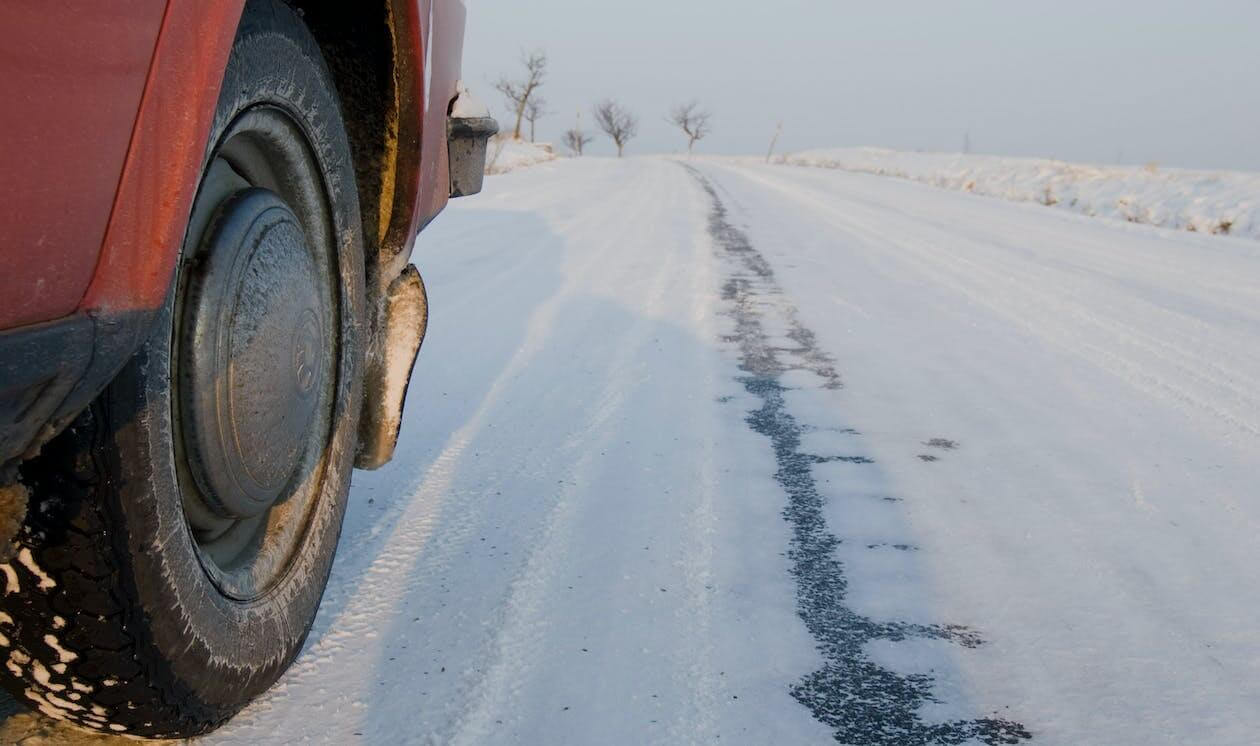December is now officially here, and with it the winter season that will begin in earnest in just a few weeks. For readers who live in Quebec, it’s also synonymous with a rather important deadline. Indeed, from now until next March, it is illegal in my province not to equip your car with winter tires!
This may seem a little strange to my neighbors in the rest of Canada who receive as much snow, but without this constraint. You have to understand that this relatively recent law is the development of almost a century of regulation and innovation around this object that can appear relatively insignificant. Today, rather than talking about a specific model, we will focus on the history of the winter tire!
A Finnish creation
Not surprisingly, the first tube designed for cold temperatures ever created comes from a Nordic country: Finland. It was the company Suomen Gummitehdas Osakeyhtiö – I dare you to repeat that three times – that launched in 1934 its Kelirengas, a winter tire for trucks. The company, now known as Nokian, quickly grasped the potential of the consumer market. In 1936, the Lumi-Hakkapeliitta was introduced to the general public. It was actually a four-season tire, but nevertheless, it started a real revolution.
In the decades that followed, all tire manufacturers embarked on the adventure. From the 1940s onwards, M + S (Matsch + Schnee or mud and snow) models began to appear, first at Continental, then at Michelin. Americans such as Goodyear also got involved at this time, after several years of research and development.
The 1980s marked the beginning of modern winter tires without studs, nails or chains. Manufacturers developed ways to make their rubber resistant to low temperatures, for example with Continental’s Thermogum or Bridgestone’s microbubble technology.
The history of the winter tire, legally speaking
It may seem that the legislation surrounding winter tires is rather recent, but that is not exactly the case. In Finland – of course – their use during the cold season has been required since 1978! Various European states such as Austria, Germany and Sweden have since adopted such regulations. Even in all prefectures of Japan, except the tropical island of Okinawa, similar laws have been in place since the 1990s.
Here in North America, each province and state legislates independently on the subject. Only Quebec has a law that requires motorists to equip their vehicles with winter tires. In Alberta, it is only necessary if you plan to drive through Jasper and Banff National Parks, while British Columbia requires it only in mountainous areas.
In any case, don’t take any chances if you plan to drive in an unfamiliar area in winter. Before you leave, find out what the tire laws are! It could save you a hefty fine or, worse, an unexpected stop at the hospital…





